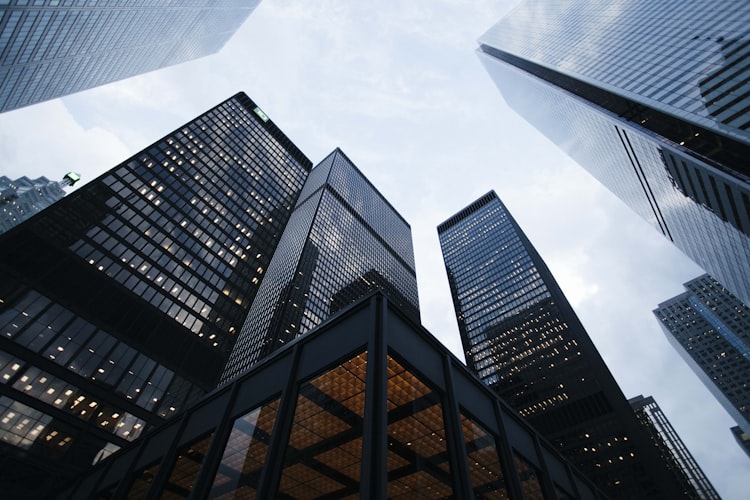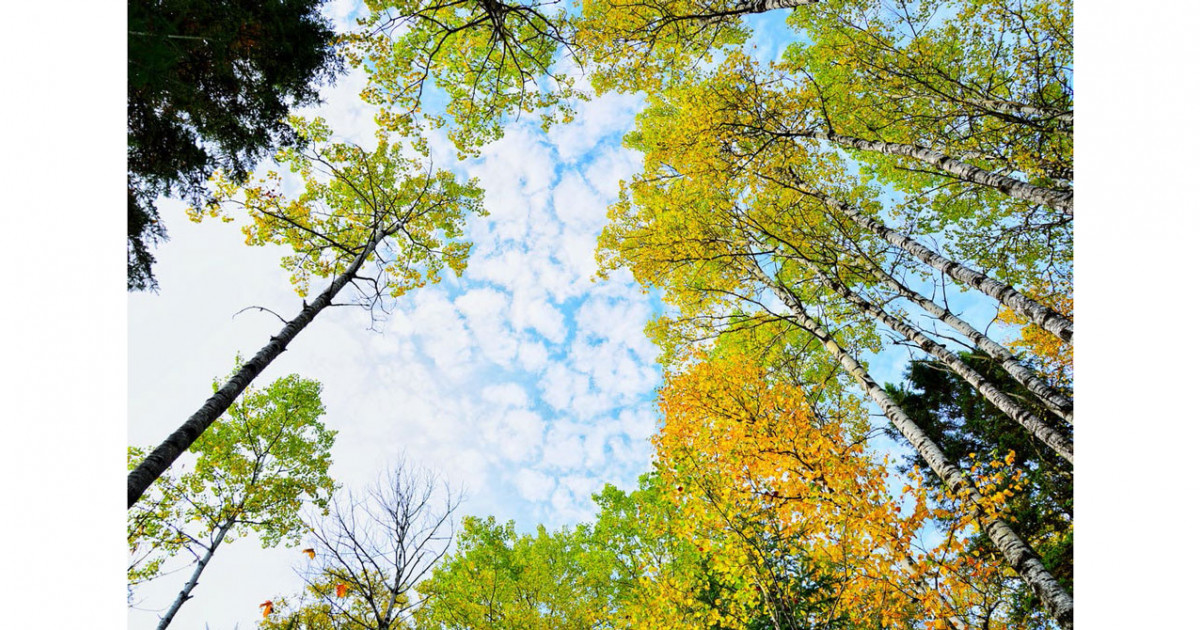Improving the way lab-grown tissue can be generated and organised from cells is the focus of new research from The University of Queensland.
Dr Mark Allenby from UQ’s School of Chemical Engineering wants to improve the manufacturing process for future agricultural, pharmaceutical and medical products and cut costs by engineering more robust and scalable cell culture platforms.
The team will explore how to shape the formation of lab-grown tissue by 3D printing dynamic structures which control the behaviour of cells, thanks to an Australian Research Council (ARC) Discovery Early Career Research Award.
“A lot of industries rely on cell cultures to grow products – whether it be making beer during the fermentation process, creating antibodies for vaccine production or engineering medical grafts and implants,” Dr Allenby said.
“The problem is cell cultures are grown in laboratories by putting the cells into a big vat of liquid where they are diluted and distributed far from one another.
“This is not what happens naturally in the body, where cells interact closely with one another to support growth.
“A small amount of lab-grown tissue would require a football field equivalent of cell culture flasks and thousands of litres of cell culture media costing hundreds of thousands of dollars.
“So, if we were able to controllably grow cells at the tissue densities they grow naturally, this would have profound impacts on biomanufacturing, including on cost.”
Dr Allenby said his recent work on developing better cell cultures to produce red blood cells for blood transfusion proved the value of the concept.
“We found by growing our cell cultures at tissue-densities, we achieved over 100-fold better cost-efficiencies per red blood cell produced.”
He said this project would explore how to control and engineer tissue formation at a micro scale – utilising micro-confinement through 3D printing.
“Through collaborators at QUT, we’ve developed technologies to produce tiny chambers that can confine the growth of cells within certain shapes and geometries – this will allow us to look at the mechanical forces of confining cell growth and how it shapes the way tissue forms over time,” he said.
“We’ll then scale up, leveraging the power of creating gradients of nutrients to produce patterns and different types of tissue at the large scale.
“We’ll also be exploring how to manufacture large, vascularised tissue in a way that is physiologically significant.”
The three-year project, run through the BioMimetic Systems Engineering Laboratory, includes two PhD positions.
Further details can be found here.







